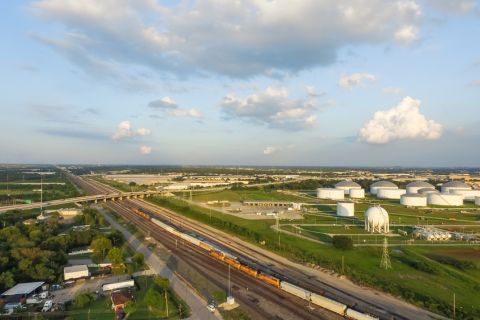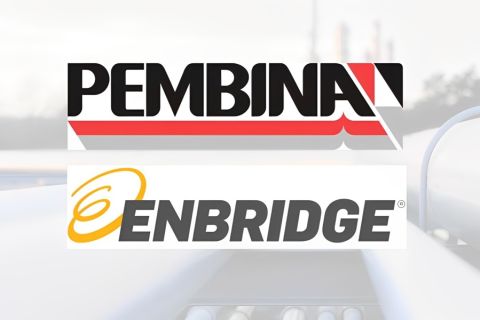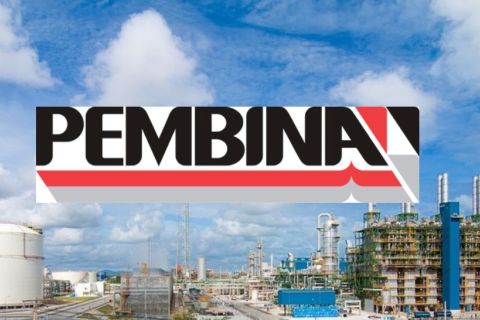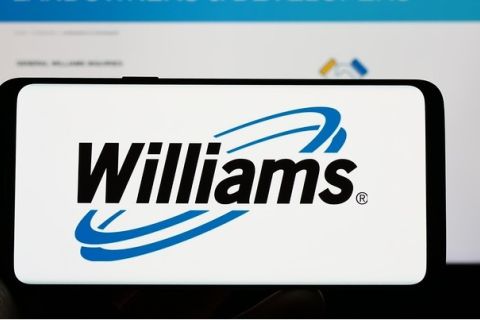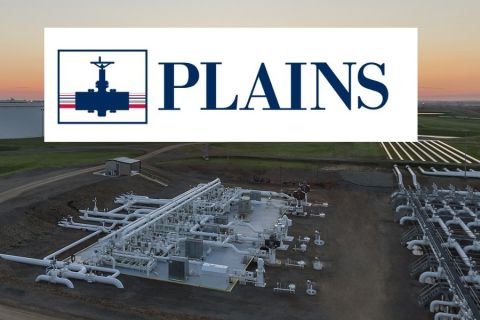Presented by:

U.S. shale producers are increasingly honoring executive pledges to share their wealth with investors and shareholders, and they may have zeroed in on an approach that’s particularly well-suited to the industry’s boom-and-bust life cycle.
The addition of a variable dividend gives companies the option to increase shareholder returns when cash flows freely, but it doesn’t lock in an expense when the wells run dry.
One of the world’s largest independent producers was an early mover toward high-dollar variable distributions. ConocoPhillips Co.’s CEO Ryan Lance in December announced a $1 billion variable distribution as part of the firm’s commitment to return 30% of cash flow to investors.
ConocoPhillips was the third U.S. independent to implement a variable dividend last year, suggesting the sector is trending toward this kind of distribution to accelerate its regaining of investor confidence.
“It’s required to demonstrate that this is an investible business,” Lance said.
Capital destruction, resuscitation
E&P companies have instituted billions of dollars’ worth of returns in recent years with share repurchases and base quarterly dividend increases, but some view the buybacks as expensive and unpredictable. Fixed dividend rates can be tricky in lean times, and there is some reticence toward increasing them.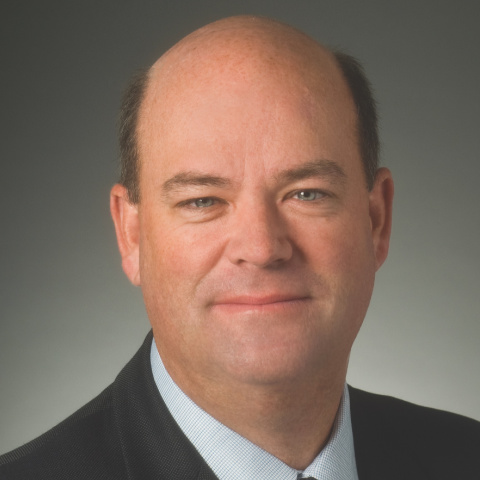
“It’s required to demonstrate that this is an investible business.”—Ryan Lance, Chairman and COO, ConocoPhillips Co.
Still, as the pandemic loosened its grip on the world, E&P management has leaned in with these moves to reset the shale narrative.
Indeed, the sector desperately needed to counter the effects of long-term capital destruction, dismal returns and an apparent disregard of stakeholders’ demand for capital discipline. While shareholders and investors called for slower growth, producers’ appetite for more acreage and spending—an attitude industry insiders described as “reckless”—grew ravenous.
In 2018, mid-cap independent Matador Resources Co. set a record during a federal government auction when the firm anonymously ponied up a record $95,001 per acre of unexplored Permian Basin land in New Mexico.
The messages from angry shareholders and apathetic investors began to resonate inside the C-suite with an exodus of generalist investors prior to the pandemic. Producers’ access to capital dried up and massive debt burdens weighed down some of the industry’s biggest companies.
One key shale player summed it up for Texas regulators during a hearing in April 2020, one week before the COVID-19 pandemic drove demand so low that oil briefly traded for less than $0 per barrel.
“Our industry has created such economic waste that nobody will buy our stocks,” Pioneer Natural Resources Co. CEO Scott Sheffield said of the sector. “Nobody wants to give us capital because we all destroyed capital.”
Where companies in 2015 touted their latest acquisitions during quarterly earnings calls, contemporary rhetoric is more often built on strategies to generate enough free cash flow (FCF) and return a chunk of it to shareholders.
Devon Energy Corp. was the first player out of the gate in February 2021, when its board of directors declared a $126 million variable cash dividend of 19 cents per share based on the company’s pro forma fourth-quarter 2020 financial results. The reward was paid in addition to Devon’s fixed quarterly dividend of 11 cents per share at the time for a single fixed-plus-variable payment of 30-cents per share.
Hot on Devon’s heels was Pioneer Natural Resources with its variable dividend plan. The Permian Basin pure-play in August accelerated its 2021 plan to pay a variable dividend following the first quarter of 2022; instead, Pioneer declared a base-plus-variable dividend totaling $1.51 per share on its outstanding common stock, representing some $370 million in shareholder returns, to be paid following the third quarter of 2021.
“Pioneer’s first variable dividend marks a significant milestone in our investment framework and demonstrates our commitment to returning meaningful capital to shareholders,” said Sheffield.
Tempering expectations
Buybacks and the occasional, special one-off dividend, have some corporate benefit because investors understand their more random nature, London Business School professor Alex Edmans wrote in June 2020. That can hold investor sentiment in check if those methods are absent in subsequent years.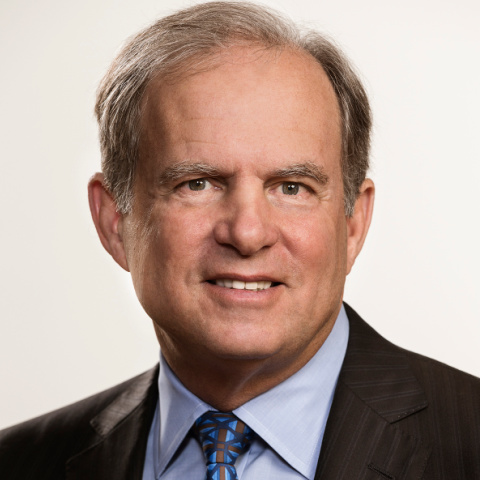
“Pioneer’s first variable dividend marks a significant milestone in our investment framework and demonstrates our commitment to returning meaningful capital to shareholders.”—Scott Sheffield, CEO, Pioneer Natural Resources Co.
And fixed dividend increases come with some concerns. Management operating in industries susceptible to dramatic swings in cash flow between years or quarters may be reluctant to devote vast amounts of cash to the fixed dividend, said Morningstar analyst David Harrell.
“They may take an overly conservative approach, keeping the dividend low enough to avoid future dividend cuts and the subsequent punishment of the share price by the market,” he said.
Indeed, during the depths of the pandemic, several companies cut their dividends. Their market value—and their leadership’s popularity—in many cases took a significant hit.
The dynamic creates a unique slot for variable dividends to pick up some slack in the E&P space where cash flow is driven by commodity prices directly, Harrell said.
Oil prices in excess of $100/barrel has allowed many U.S. E&Ps to pay down debt, an albatross for several firms in recent years, and welcome the second half of the year with the healthier balance sheet.
Moreover, hedges made last year that restrained per-barrel profit this year are falling off the rolls. This dynamic could boost future FCF, positioning more companies to grow their shareholder distributions, Andy McConn, director and co-head of commercial intelligence at Enverus, told Hart Energy.
Hybridize Returns
During previous cycles, companies tried to use a percentage of operating cash flow to incent shareholders. Perhaps a key driver to the largesse is that companies now talk about returning a percentage of free cash flow—that which is left after capital expenses have been funded—to shareholders.
“We think that is wise because it lets you pay for operations,” he said. “Once that’s covered, then you can offer shareholder returns; you reset shareholder expectations of returns to FCF instead of before everything is paid for.”
Along with allocating free cash flow, companies that use a multifaceted approach toward shareholder returns that takes timing into account when management considers whether share buyback, dividend increases or special, one-off distributions are best.
“We think the strategy of combining, starting with buybacks and then pivoting more toward distributions and dividends—once the debt is down—is wise, especially if your stock is screening cheap for a cyclical industry,” McConn said.
As some E&P stocks continue to trade low against other industries, companies may decide that buybacks is a good option during that period.
“The more shares you take out of circulation, then you can pay a dividend more easily on fewer shares and pay a higher variable dividend,” he said.
Recommended Reading
Midstream Operators See Strong NGL Performance in Q4
2024-02-20 - Export demand drives a record fourth quarter as companies including Enterprise Products Partners, MPLX and Williams look to expand in the NGL market.
Enbridge Sells Off NGL Pipeline, Assets to Pembina for $2.9B
2024-04-01 - With its deal to buy Enbridge’s NGL assets closed, Canada's Pembina Pipeline raised EBITDA guidance for 2024.
Pembina Pipeline Enters Ethane-Supply Agreement, Slow Walks LNG Project
2024-02-26 - Canadian midstream company Pembina Pipeline also said it would hold off on new LNG terminal decision in a fourth quarter earnings call.
Williams Beats 2023 Expectations, Touts Natgas Infrastructure Additions
2024-02-14 - Williams to continue developing natural gas infrastructure in 2024 with growth capex expected to top $1.45 billion.
Plains All American Names Michelle Podavin Midstream Canada President
2024-03-05 - Michelle Podavin, who currently serves as senior vice president of NGL commercial assets for Plains Midstream Canada, will become president of the business unit in June.

